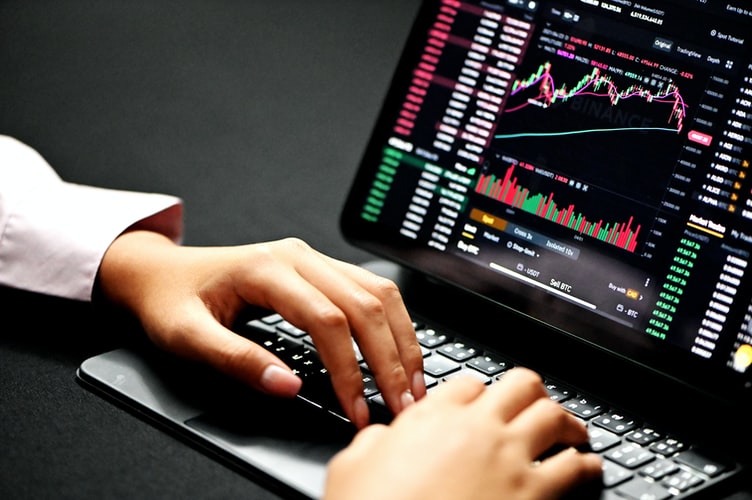It is easy to open a trading account on Forex and start trading. However, studying the market and formulating a winning trading strategy takes effort and experience. Even experienced traders often fail to make the right trade and suffer great losses. However, this should not keep you from entering the market. A loss is an opportunity to learn and make better choices in the future.
Despite the inevitability of a loss in the long term, avoiding major and frequent losses only requires you to stick to certain tips and tricks when Forex trading. Below are three tips and tricks that can help you build a strong portfolio on your Forex trading account.
1. Simply Trade with the Trend

Many traders have heard it many times, “trend is your friend” which ultimately emphasizes the importance of trading with the current trend. This is a very simple trick that promises a profitable outcome, and yet, the vast majority of forex traders do not follow it.
Sometimes, the reason why people do not follow this trend is that they do not know how to identify some of the common uptrend indicators and signals. For this, you will have to learn about reading a candlestick graph.
Even if you cannot identify using some of the basic technical analysis techniques, some trades have all the fundamental backing towards their rise, and almost all the news shows positive signals towards them. Not capitalizing on those opportunities means that you are letting go of an easy opportunity to bag a profit.
2. Trade Contra Crowd

What does this mean? Well, the market is made up of two different players. The first is smart money, which is the banks, institutions, hedge funds, and billionaires. These entities are winning the majority of the time. On the other side, you have the herd or the retail traders, and as you know, the retailers are usually the ones that are oftentimes on the losing end of the trade.
Therefore, now that you know that the retailer’s trading strategy usually has them in losses and rarely in profits, it is almost a no-brainer to follow what the herd is trading. Instead, you can do just the opposite and have a better win ratio.
Simply by trading opposite to how the herd trades, the chances that you will be sitting at a profit ultimately increase. You can find many tools that show you the total number of retail activity in the market and this can help you either short or long positions on a trade by looking at what the vast majority are trading.
Once you start making trades that oppose the majority retail sentiment in the long run, your trades will begin to gradually align with the winners in the market, causing your Forex journey to become more profitable.
3. Use Stop Loss
Using stop-loss on your trades can give you a better risk to reward ratio. Limiting your buy order to stop loss at a given price can ultimately help you exit when the market becomes very volatile and the price starts to fall below its previous resistance levels.
Many traders do not bother putting a market order because they do not want to sell early and miss profits. However, this greed can be the reason for your turmoil in this market. The downside of stop-loss is that sometimes the market may not come to the level that you are expecting.
This is just a balance between where you expect the market to go, and at which point can you not bear the loss. Using it on every trade keeps you on the safer side of the trade, even if it means that you have to miss some profits.
A rough guideline on where you should put the stop loss is putting it near the market structure. Most of the times, a candlestick graph will have very clear support and resistance, and just by looking at the market structure, you can identify where you should stop your losses.
To Conclude:
Overall, the tips of making profitable trades are simple and have no secrets to them. They are usually very clear tips that every trader knows bout, yet does not follow. One bonus tip would be to hold your traders except panic selling at a loss.
Read Also:























